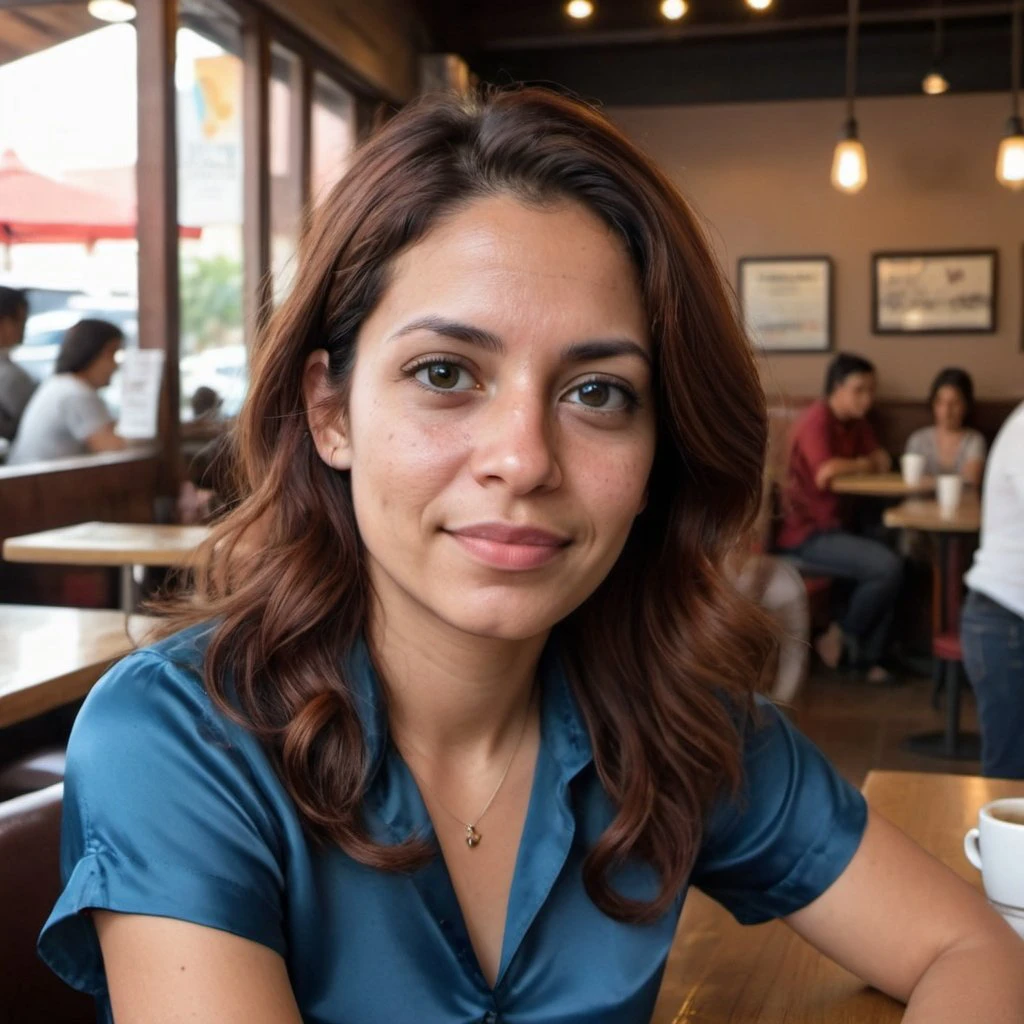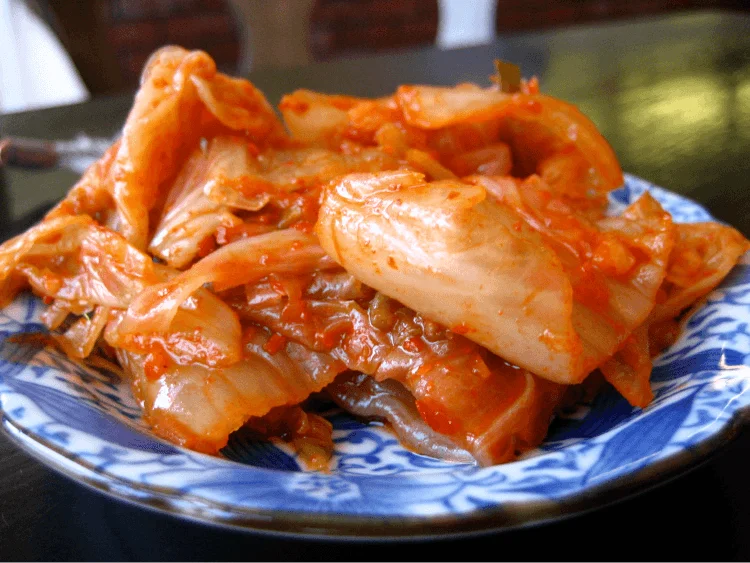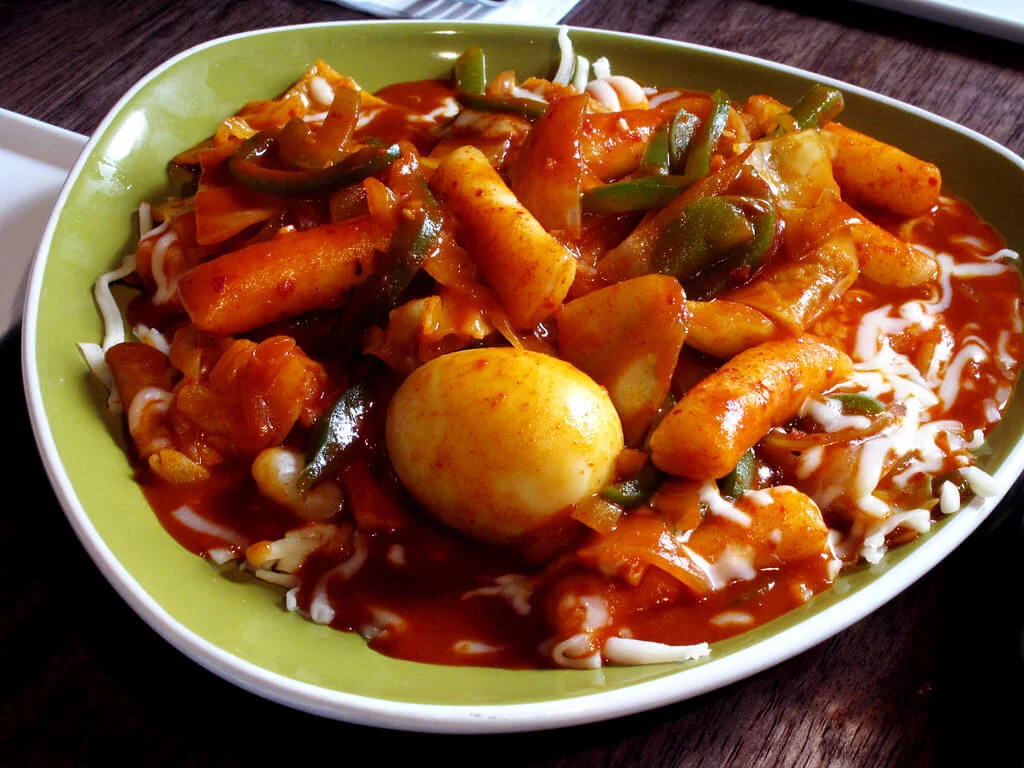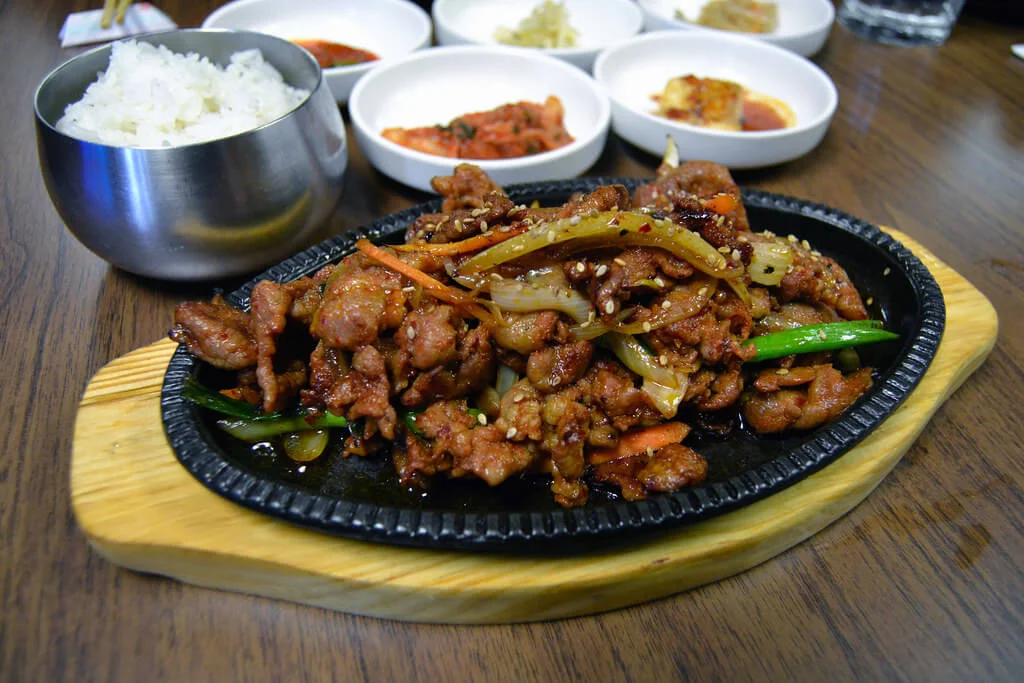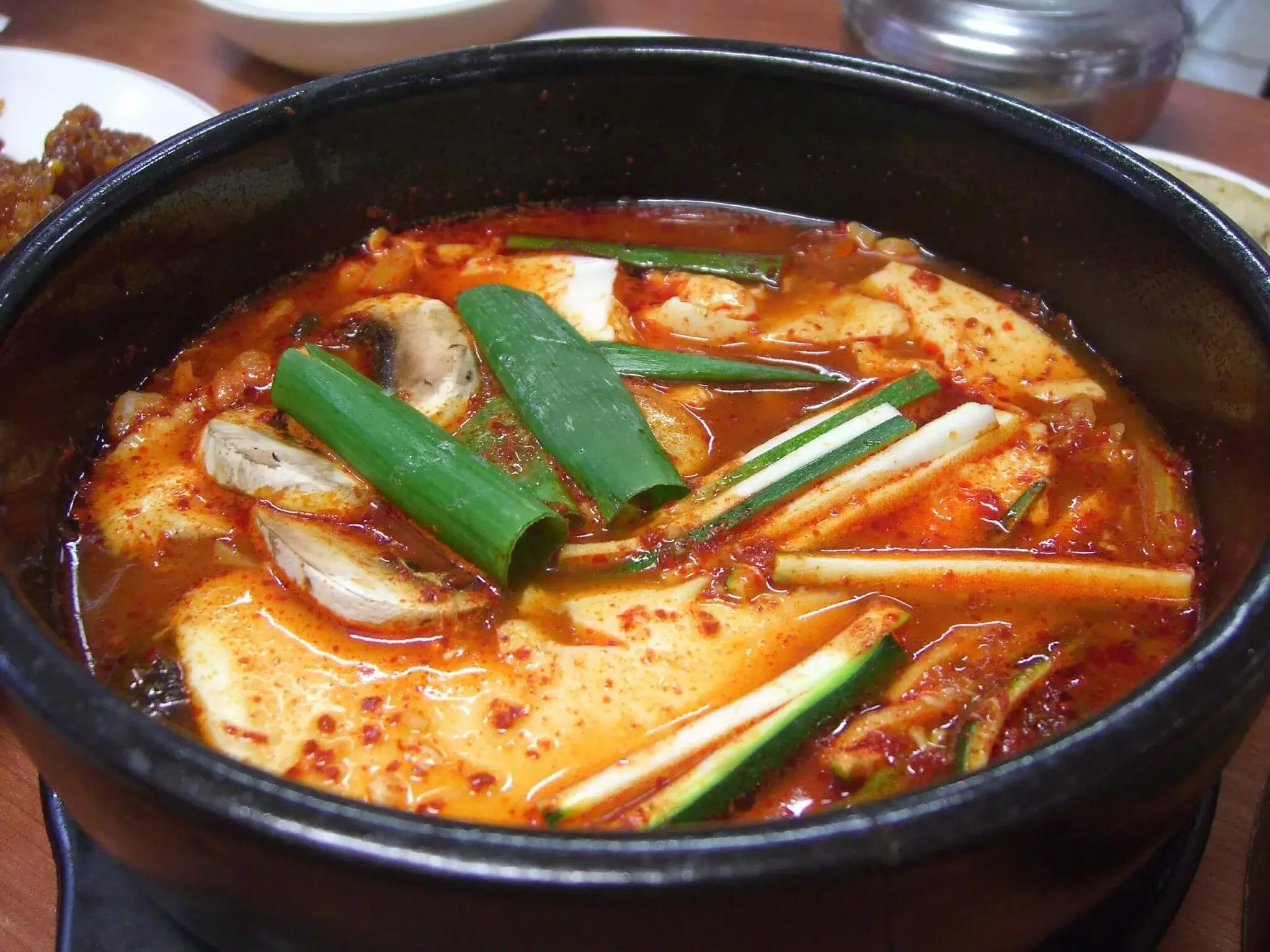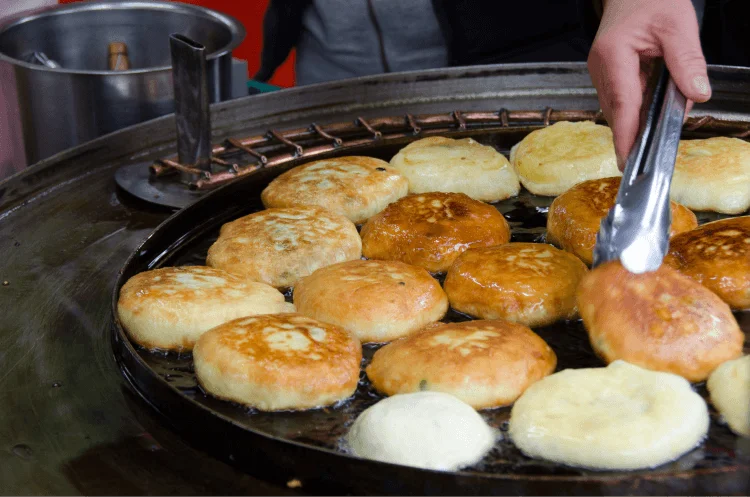Ready to be enchanted by South Korea?
The lively country is both deeply steeped in history and wildly modern, and in as little as five days, you can experience a dazzling array of activities.
I’ll take you through the best places to visit and the tips you need for the trip of a lifetime. Come with me to a country that’s sure to captivate and inspire you. Let's dive in!
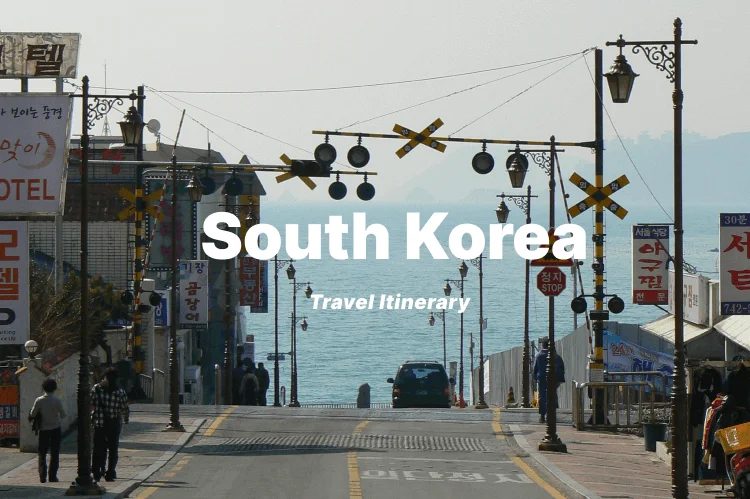
1. Considerations When Planning Your Travel Itinerary
Before you get to exploring the wonders of South Korea, pay attention to these important considerations for an even better trip:
Budget: Limit your spending by figuring out how much money you have to play with when it comes to accommodation, food, and activities.
Accommodation Choices: Opt for budget hostels or splurge on luxury hotels.
Time of Year: The seasonal weather can determine what you do, with spring and autumn being best.
Area of Interest: Figure out what you want to see and do – whether that be cultural attractions, shopping, or natural wonders.
Health and Safety: Don’t forget to check health advisories and any local safety considerations.
Travel Limits and Visas: Make sure you have the right paperwork and know if there are any restrictions
2. South Korea in 5 Days: A Perfect Travel Itinerary
Continuing on to the core of your South Korean odyssey, this 6-day itinerary throws you into the midst of Seoul’s urban frenzy and Busan’s natural beauty, with a mix of culture, shopping, and downtime providing a rounded introduction to South Korea.
Detailed South Korea 5 Days Itinerary Table
Day | Destination | Recommended Routes |
1-3 | Seoul (Dongdaemun, Gangnam, Jongno, Jung) | Dongdaemun ➡️ Gwangjang Market ➡️ Sinsadong Boulevard ➡️ Apgujeong ➡️ Seongsudong ➡️ Seoul Forest ➡️ Yeonnamdong ➡️ Hongdae ➡️ Gyeongbokgung Palace ➡️ Blue House ➡️ Samcheong-dong ➡️ Bukchon Hanok Village ➡️ Myeongdong ➡️ Seoul Tower ➡️ Namsan Park ➡️ Itaewon ➡️ Han River |
4-5 | Busan (Haeundae, Yeongdo) | Haeundae Night Market ➡️ Songjeong Beach ➡️ Coralni Coffee ➡️ Cheongsapo Capsule Train ➡️ Mipo ➡️ Haeundae ➡️ Baeksand Cultural Village ➡️ Gamcheon Cultural Village ➡️ Songdo Maritime Cable Car ➡️ Biff Square ➡️ Nampo-dong ➡️ Gwangalli Beach |
Day 1: Dongdaemun and Gangnam
Let’s kick things off in two quintessential Seoul districts – Dongdaemun and Gangnam – that embody the city’s evolving arts and culture scenes, distinct contrasts between old and new, and designer modernity. It's a day of culture, fashion, and fun!
What to Do Today:
Dongdaemun Design Plaza (DDP): The architectural eye-candy of Zaha Hadid’s futuristic structure is more than just an Instagrammable scene.
It’s a hotbed for cutting-edge fashion and design, and the place to spy the future.
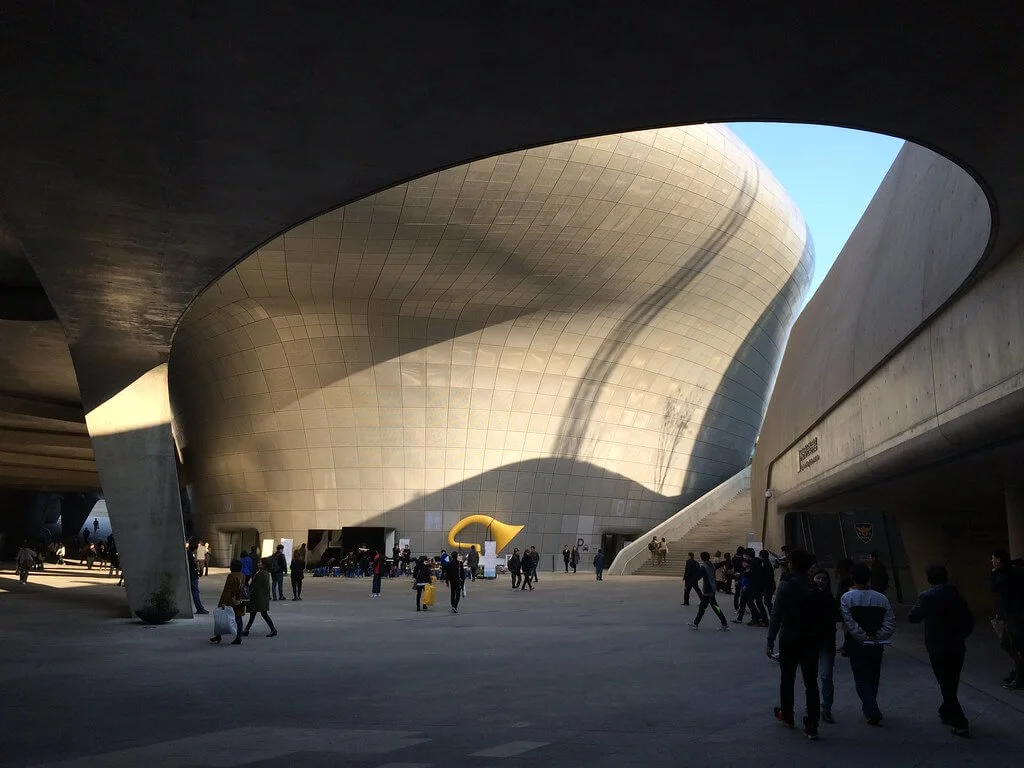
Gwangjang Market: The heart of Seoul’s street food culture, try anything from crispy bindaetteok (mung bean pancake) to the burning tingle of tteokbokki (spicy rice cakes) amidst the energy of one of the city’s oldest markets.
Sinsadong Garosu-gil: This stylish street, flanked by boutiques and café, is a hip haven from the bustle.
Come for artistic shops and a canopy of trees, and stay for shopping, people-watching, and coffee and fashion fixes.
Seoul Forest: An expansive green lung in the city, the forest park boasts walking trails, a lovely deer park and gardens.
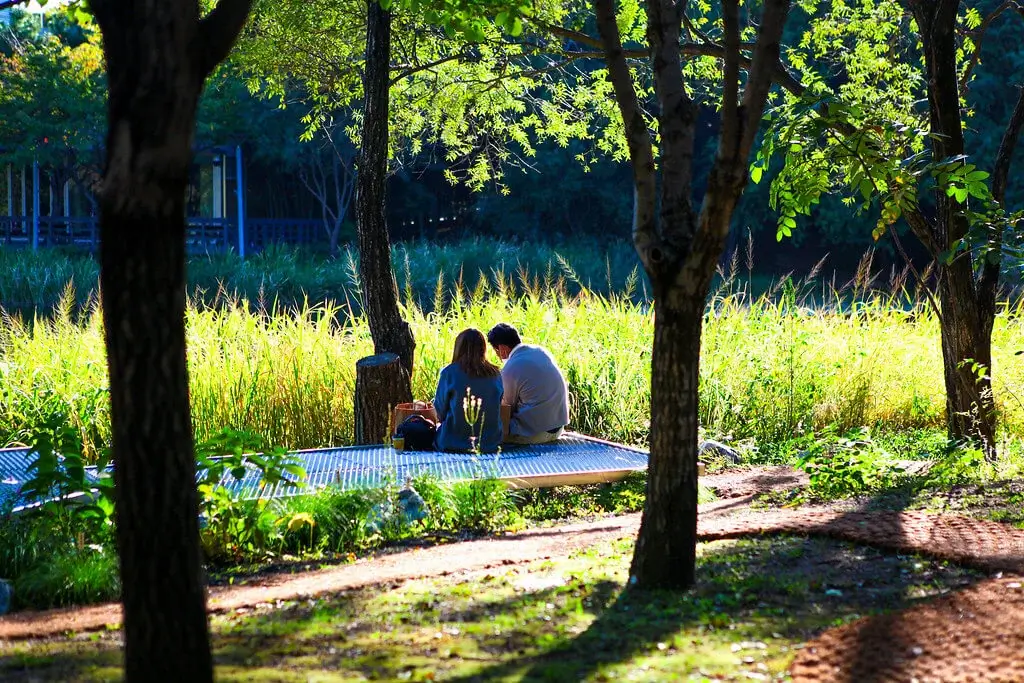
Hongdae: With this stomping ground for creatives and weekend warriors, you’ll feel the beat of Hongdae’s nightlife and indie music scenes, its youthful energy, and its quirky busking culture.
Where to Stay: Stay in Myeongdong or Gangnam for convenient access to major attractions and public transport.
Wear comfortable shoes for extensive walking and explore Dongdaemun at night for a unique shopping experience.
Day 2: Jongno
Step back in time today and explore Jongno, the historic heart of Seoul. From ancient palaces to bustling traditional villages, get in touch with Korea's cultural roots.
What to Do Today:
Gyeongbokgung Palace: The grandest of Seoul's palaces, the intricate design and beautiful gardens are a testament to the splendor of the Joseon dynasty.
Try to catch the changing of the guard – it's a display of utmost precision and cultural heritage!
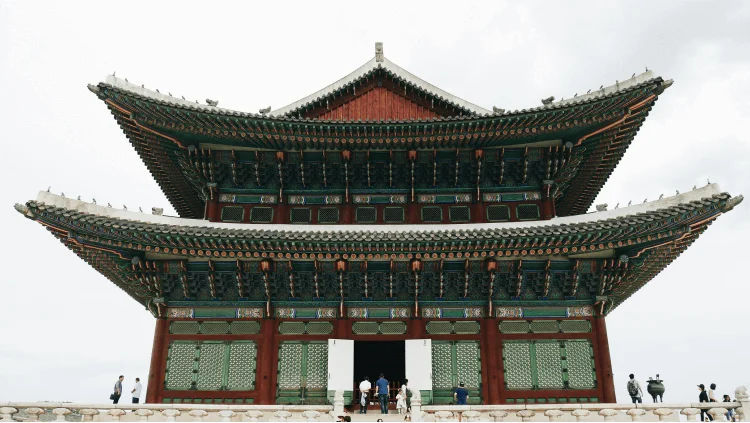
Blue House: Roofed with blue tiles (though you only get to glimpse the outside) hence the building's nickname. The residence of the president of Korea, it's a symbol of modern Korea, and the views from outside the walls are impressive.
Samcheong-dong: Sandwiched between the historic grandeur of Gyeongbokgung and the traditional Bukchon Hanok Village, it is a small warren of contemporary art galleries, chic boutiques, and atmospheric tea houses.
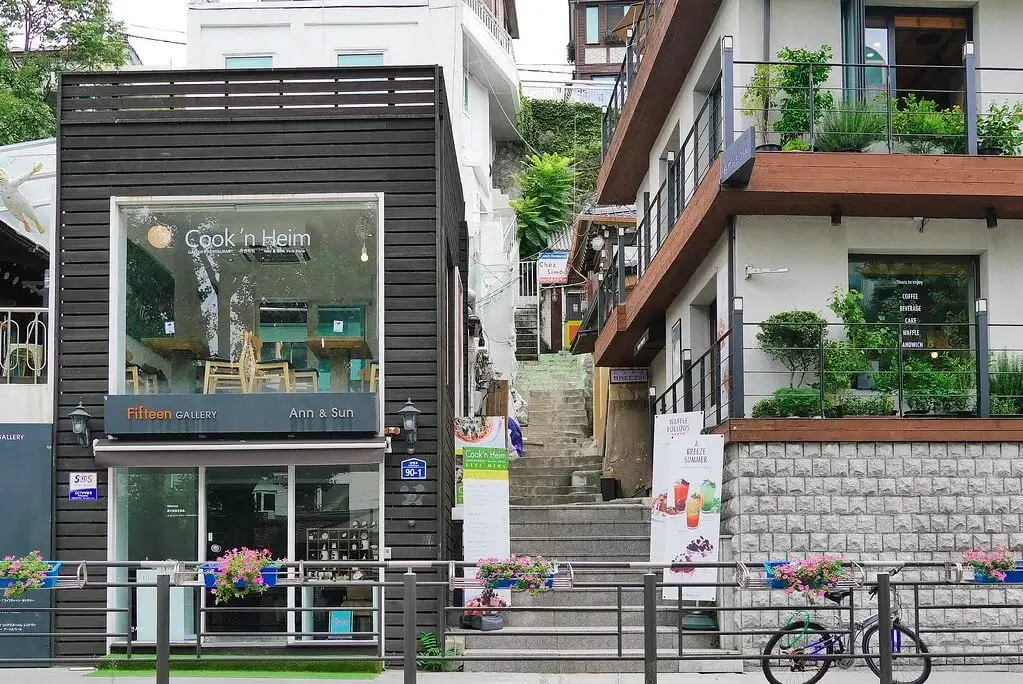
Bukchon Hanok Village: Take a wander through this charming area of Seoul, where hanoks, traditional Korean homes, line narrow lanes. This historical village feels part living history museum, with residences open for viewings.
Insadong: The cultural heart of the city awaits exploration in this neighborhood. Browse stores with traditional Korean crafts, antiques, and one-of-a-kind souvenirs.
Don't leave without visiting one of the tea rooms to get a taste of Korean tea culture.
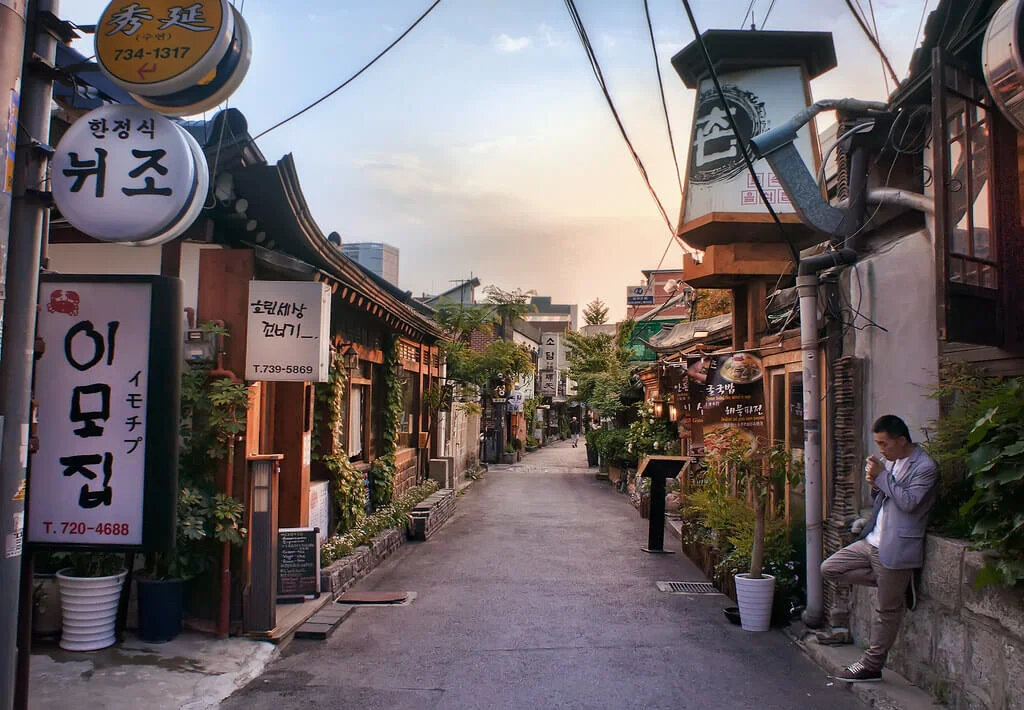
Where to Stay: Opt for accommodation in Insadong or Bukchon to immerse yourself in Seoul’s cultural scene.
Arrive early at Gyeongbokgung for the guard ceremony and wear a hanbok for free palace entry and great photos.
Day 3: Jung
Today, we explore the neighborhood of Jung, home to Jung-gu, a sanctuary offering a bit of retail therapy and some more breathtaking sights of the city lights.
What to Do Today:
Myeongdong: One of the city's most popular shopping districts, Myeongdong is a fashionista's paradise, with department stores and independent boutiques sitting side by side, selling the latest looks and avant-garde cosmetics – plus plenty of street food stalls. Don't miss the beautiful Myeongdong Cathedral in the heart of the hustle and bustle.
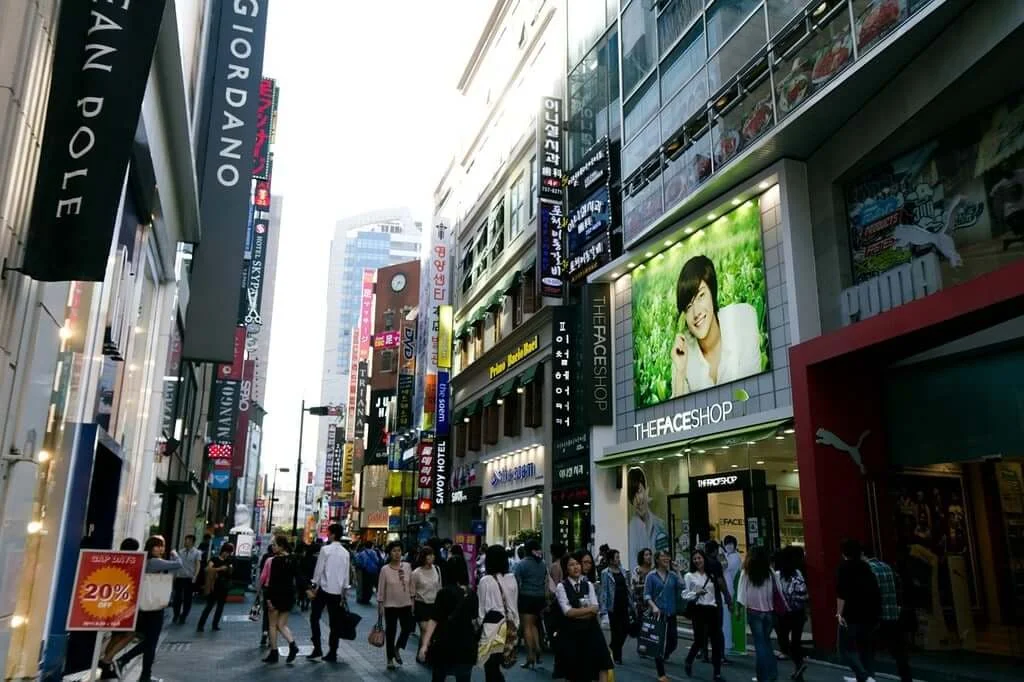
Seoul Tower: Perched atop Namsan Mountain, climb the tower for stunning panoramic views of the city below – take the cable car for a fun ride or hike up for the scenic route.
Namsan Park: The park's walking paths lead you on a gentle hike up to the tower, amidst a jungle of beautiful cherry blossoms (if you're lucky to visit at the right time!) and nano-forests.
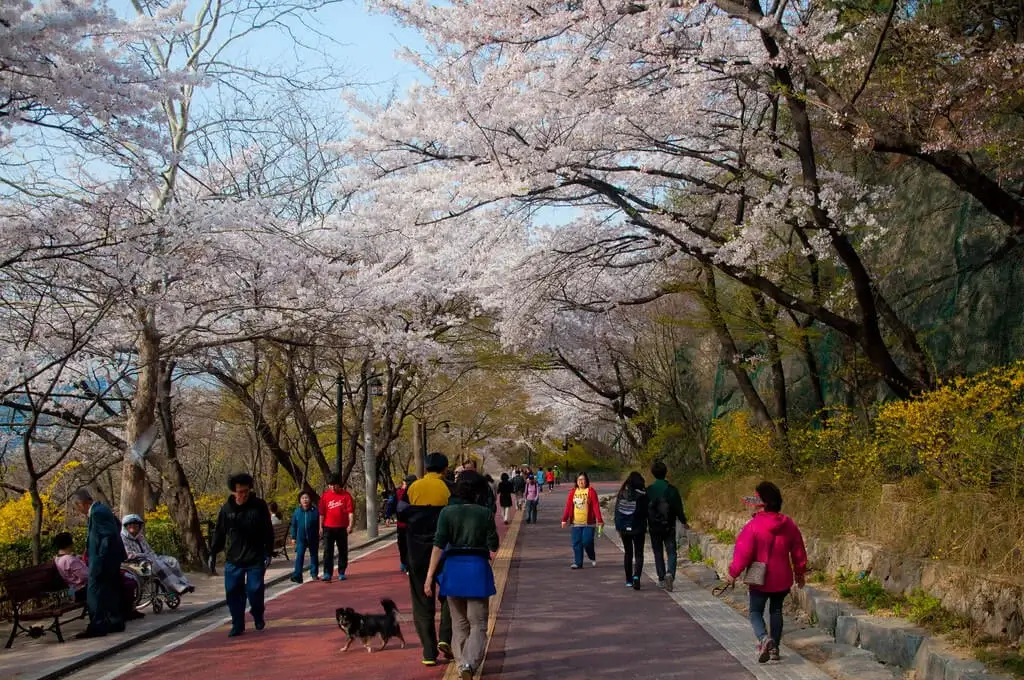
Itaewon: For a little culture clash, hop over to Itaewon for some diverse cuisine, a visit to the trendy bars, and a night of partying in the town. The neighborhood is a melting pot of cultures.
Han River: Grab a bicycle or a picnic and head down to the beautiful Han River for a spot of relaxation, or be a little more adventurous by taking a cruise down the river – a unique way to see the city pop!
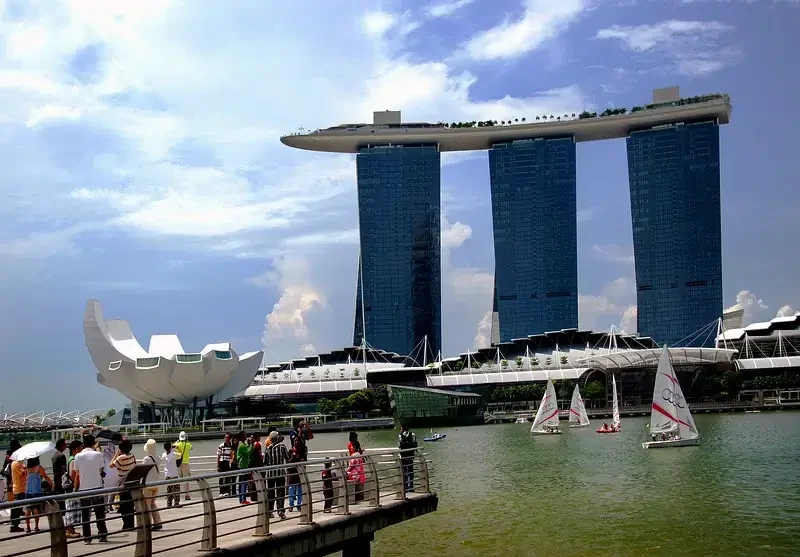
Where to Stay: Choose accommodation in Itaewon for its diverse food options and lively atmosphere.
Visit Seoul Tower at sunset for breathtaking views and rent a bike for a scenic ride along the Han River.
Day 4: Haeundae
Today, we’re exploring Busan, where beautiful beaches, bustling markets, and serene temples collide. Get ready for that fresh sea air.
What to Do Today:
Haeundae Beach: Easily Busan’s most popular beach, sun and sand are the draws here, and Haeundae doesn’t disappoint. Also be sure to check out the nearby boardwalk while you’re here.
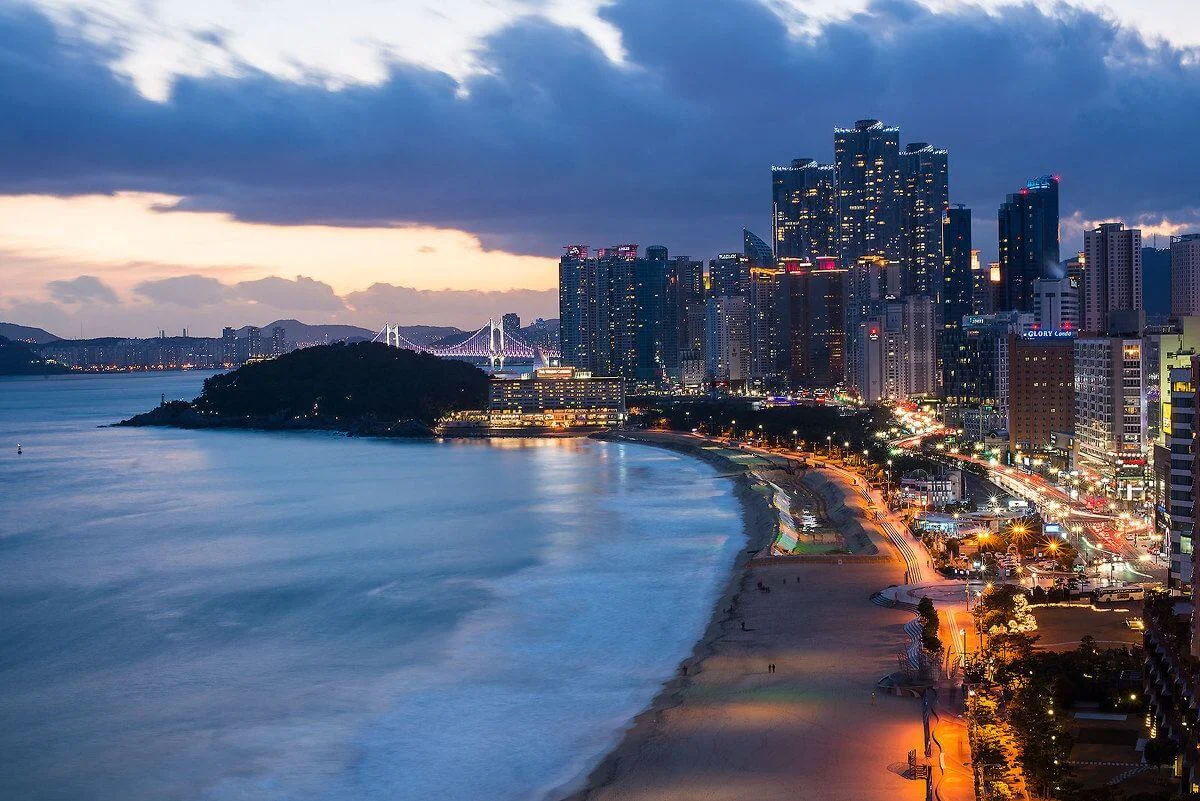
Haeundae Night Market: As the sun sets, the night market buzzes to life. Eat your fill on hotteok or eomuk, then find yourself a unique trinket among the stalls.
Songjeong Beach: If Haeundae gets too packed, consider heading half-an-hour up the coast to Songjeong. The smaller, more laid-back sibling to its Busan neighbor is a hotspot for surfers.
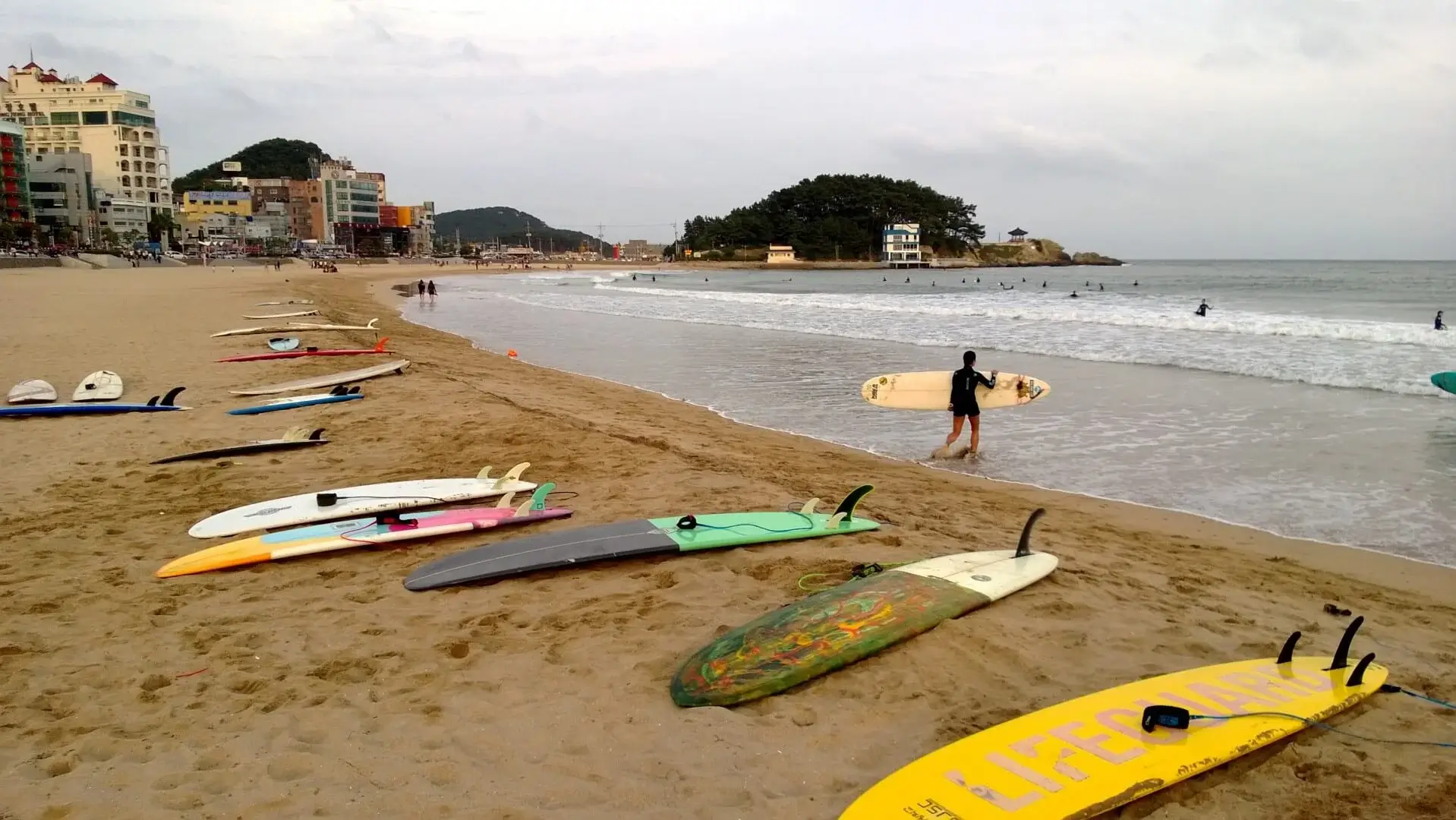
Cheongsapo Capsule Train: Hop into one of these tiny capsules for a train journey right along the coast. It's a unique way to take in some spectacular views of Busan´s shoreline.
Mipo: Our dinner spot is known for its fantastic seafood, but we’re really here for stunning views out across the water. A memorable meal.
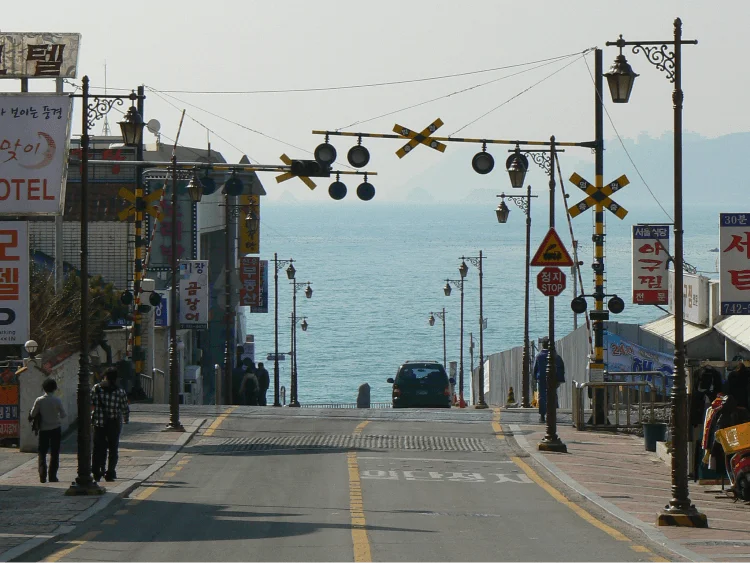
Where to Stay: Stay in Haeundae for easy beach access and vibrant nightlife.
Book accommodations with beach views for a relaxing stay and try Busan's famous raw fish dishes at local markets.
Day 5: Yeongdo
In Busan today, we explore the heart of the city and its people. From quaint villages and hopping markets, to a fun series of local events and attractions!
What to Do Today:
Baeksand Cultural Village: An old, preserved village that's home to cultural shows and exhibits. It's a great way to pretend time travel, and get a sense of traditional South Korean life.
Gamcheon Cultural Village: Know. As the “Machu Picchu of Busan”, this village is filled with street art and murals, spread with fun cafes and shops. Climbing up the slope is a treat.
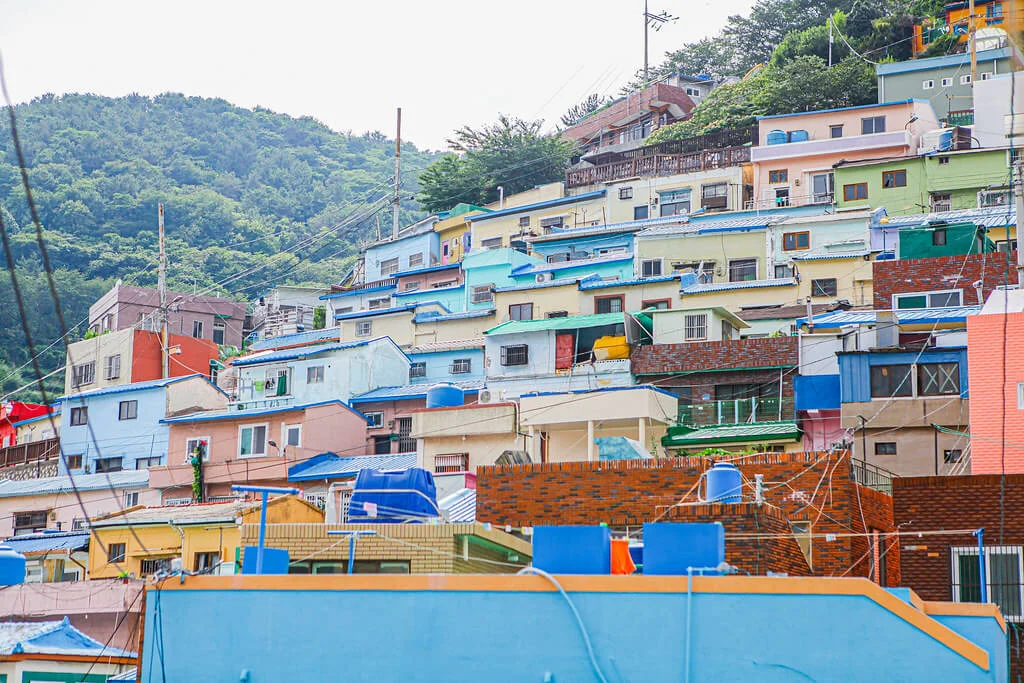
Songdo Marine Cable Car: Surf the sky along Busan's coast for an aerial view of the city and its islands. It's a short ride, but the views are some of the best in the city.
Biff Square: Dive elbow deep in street food snacks and local restaurants throughout Biff Square, named for the Busan International Film Festival. There are endless places to eat and drink, with a fantastic atmosphere.
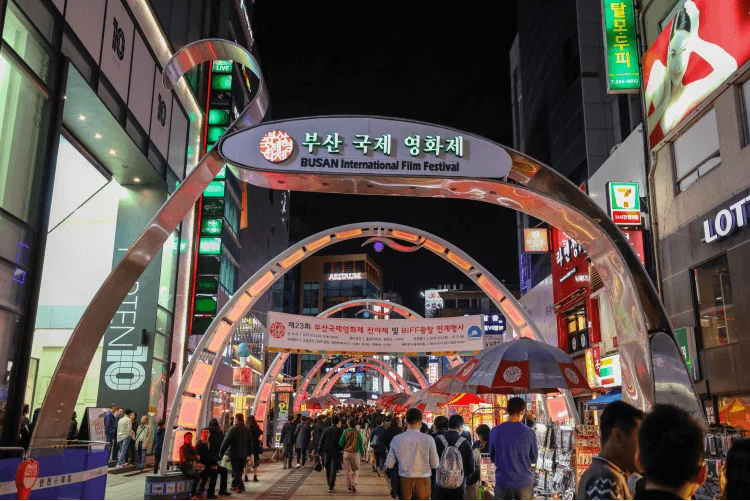
Gwangalli Beach: Finally, head to Gwangalli Beach for some rest and relaxation, laying on the golden sand as the sun sets, with Gwangan Bridge lit up along your view.
Where to Stay: Stay near Nampo-dong for convenient access to today’s attractions.
Wear comfortable walking shoes for exploring cultural villages and end the day with a beachfront dinner.
3. Top 10 South Korean Foods and Drinks
Moving on to the culinary delights of South Korea, the country’s food is as rich and varied as its culture, packed with bold flavors, fantastic ingredients, and no small amount of nutrition.
South Korean food is typified by fiery, sweet, salty and fermented flavors, often also served with a host of banchan, or side dishes.
1. Kimchi
A staple of Korean cuisine, kimchi is a spicy fermented vegetable dish – most often napa cabbage and Korean radishes – made with chili powder, garlic, ginger, and scallions. Its zingy, hot flavor is just the beginning of its benefits.
2. Bibimbap
South Korea’s representative home meal in the “bibimbap zone” of rice dishes sees a bowl topped with vegetables, beef, a fried egg, and gochujang, a red chili pepper paste. A healthy and colorful meal with a mix of textures and tastes.
3. Tteokbokki
Rice cakes make up the base of this dish, cooked in a sweet and spicy gochujang sauce, often paired with fish cakes, boiled eggs, and scallions. A popular street food known for its warming, powerful flavors.
4. Samgyeopsal
Pork belly, grilled and served with lettuce leaves, garlic, green chili peppers, and ssamjang, a thick, spicy paste. Diners build little wraps with the meat, greens, and condiments themselves for a fun meal that tastes great.
5. Bulgogi
The smoker-thin marinated, grilled or pan-fried beef is hugely popular for a reason, the blend of soy, sugar, sesame oil, garlic, and pepper in the marinade creates a sweet and savory treat.
6. Japchae
These stir-fried noodles made from sweet potato starch come mixed with an array of vegetables and sometimes beef. A dash of soy sauce and a drizzle of sesame oil gives it a slightly sweet, slightly savory flavor.
7. Sundubu-jjigae
A bubbling hot stew made from uncurdled tofu, vegetables, possibly meat, and gochujang for gochugaru. It can be served with a raw egg broken on top while still boiling.
8. Kimbap
A craftable meal, pre-packed rolls of rice and seaweed, filled with a variety of vegetables, eggs, meat, and pickled radish. Think sushi without the vinegar in the rice.
9. Hoeddeok
The candy-bar pancakes are stuffed with brown sugar, honey, chopped peanuts, and cinnamon. They’re crisp outside and gooey within, making them a common winter street treat.
10. Makgeolli
This rice wine is milky and slightly sweet, with a yogurt-esque tang. Serve in a bowl, it pairs brilliantly with savory dishes.
4. Additional Tips for South Korea Traveling
Packing Essentials
When packing for South Korea, pack according to the season and planned activities. Below are some essential items you might need:
a pair of comfortable walking shoes
lightweight clothing for summer months
a heavy coat for winter
a sturdy umbrella for the monsoon season
sunscreen
a power bank
basic first-aid items: painkillers and anti-motion sickness pills
Cash, Local Apps for Payment and Transport
Credit cards are widely accepted in urban areas, but carrying cash is a good idea for smaller merchants and rural destinations, and there are plenty of ATMs from which to make withdrawals.
There are also mobile phone payment systems, with KakaoPay and Naver Pay being the most common. To get around, you’ll want transport apps like T-money for subways and buses, and KakaoTaxi for calling cabs.
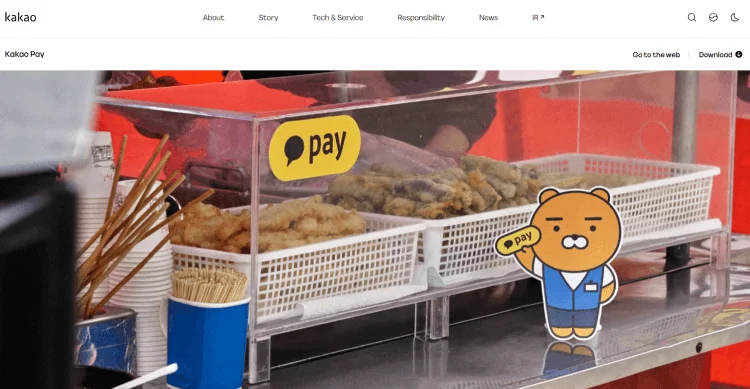
Local Etiquette and Customs
Spend time talking to people who live here. South Koreans place immense stock in politeness and respect, so be mindful and address people using honorific titles.
Many people still bow upon meeting, and between friends, the informal “Annyeong” is a common greeting. Give and receive items using both hands, and avoid toppling anyone’s ‘house of cards’ by touching their head.
Transport Options
South Korea has an excellent public transport system.
The KTX high-speed rail links the largest cities efficiently, subway systems in Seoul and Busan are some of the best in the world, and buses are a cheap way of traveling between cities and around them.
Taxis are reasonably priced, but make sure the driver activates the meter beforehand. You can also rent a bike or use ride-hailing apps for short hops.
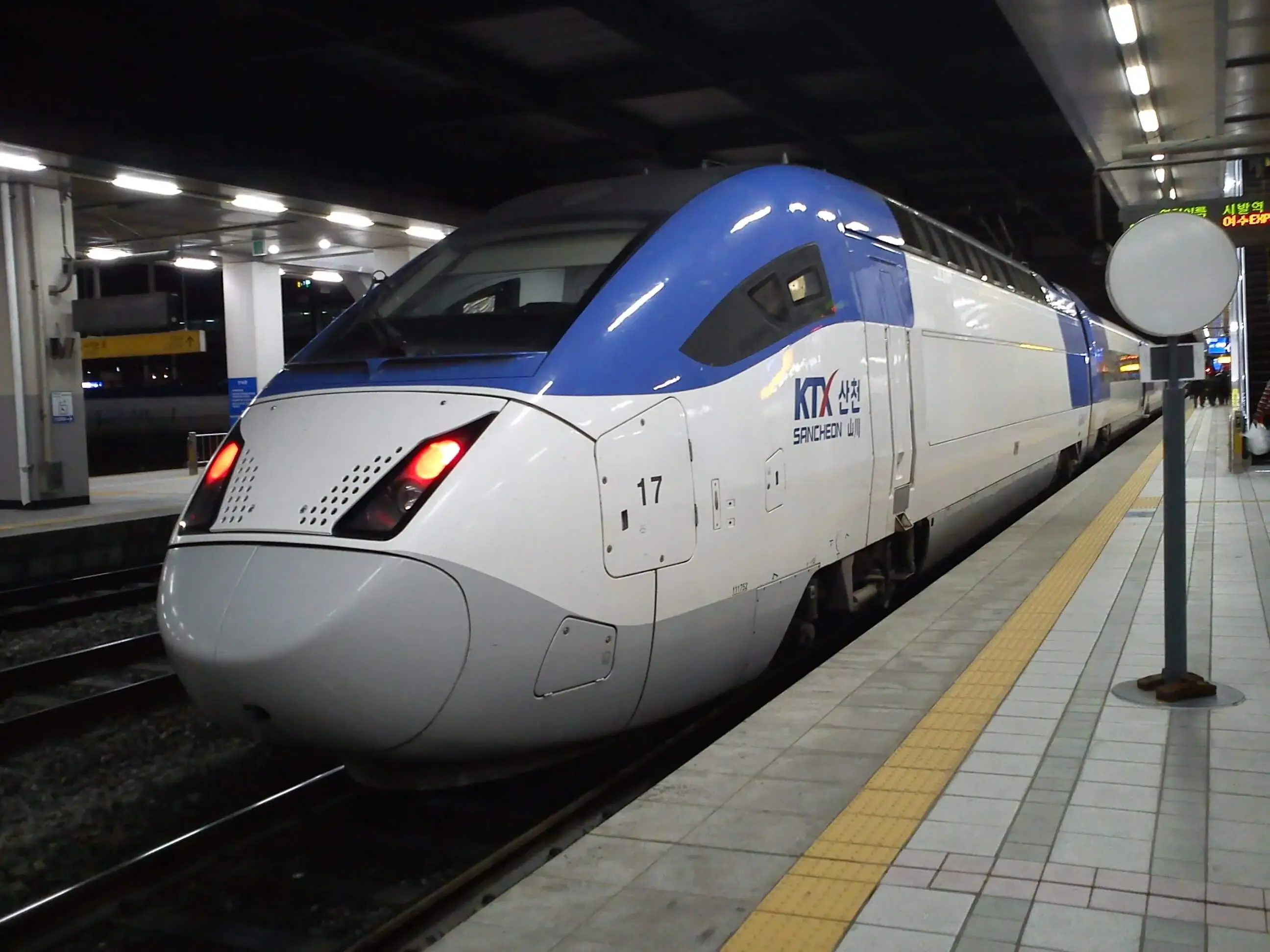
Renting a Car or Scooter
Renting a car or scooter is another option, one that also offers a certain amount of freedom. You’ll need an international driving permit if you’re operating a vehicle, and – it can’t be stated too firmly – a helmet if you’re on scooters or motorcycles. The upside is the freedom to explore more remote areas, the downside is the navigational challenge. Make use of travel apps, or even hire GPS devices along with your car.
Communication: Language Tips
Though English is spoken in many major tourist areas, Learning a smattering of Korean is helpful and will prove useful during your trip. Here are some common phrases:
Annyeong - hi
Kamsahamnida - thank you
Eolmaeyo? - how much
Summary
That’s the end of our action-packed 6-day South Korea itinerary! Whether you stick to the timetable or pick and choose the suggestions, you’re sure to have a fantastic trip.
I’d like to think this guide will help you get the most out of and have an incredible time exploring South Korea, making memories that will last a lifetime. Happy travels!
